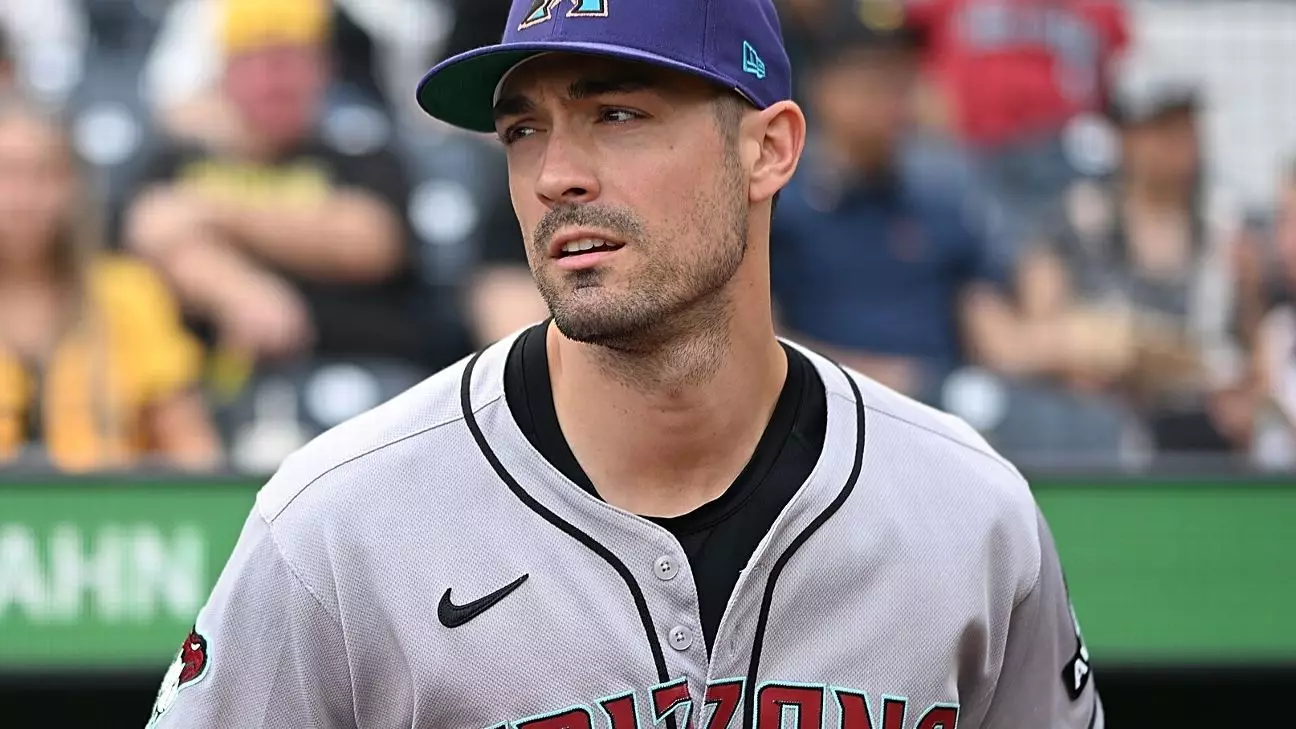The Kansas City Royals’ recent trade for Randal Grichuk signals a clear intention to bolster their outfield with established talent. Recognizing the importance of experienced players in a rebuilding phase, the Royals seek to inject energy and consistent production into their lineup. Grichuk’s track record—marked by power, speed, and veteran savvy—presents an opportunity for the Royals to not only improve on-field results but also to provide mentorship to younger players. Such moves are often underestimated in their long-term impact, yet this particular acquisition demonstrates a willingness to gamble on proven MLB competencies rather than untested prospects.
Evaluating the Trade: Value Versus Risk
At first glance, trading a rookie reliever—Andrew Hoffmann—appears a calculated risk for Arizona, especially considering his limited but promising appearances. However, from Kansas City’s perspective, Grichuk offers tangible benefits: a proven power hitter with a .243 season batting average, seven home runs, and 22 RBIs. His experience across multiple organizations and high-pressure postseason situations makes him a stabilizing presence in the outfield. Nonetheless, it’s vital for the Royals to manage expectations; Grichuk’s defensive limitations and streaky offensive production could challenge his contribution in the long run. The trade underscores a philosophy balancing immediate help with strategic flexibility—often a delicate tightrope in mid-season roster adjustments.
What This Means for the Royals’ Future
This move indicates that Kansas City is not merely patching holes but actively reshaping their roster towards competitiveness. The aggressive posture of teams like Arizona and Seattle suggests a broader trend in MLB—teams are willing to gamble on seasoned veterans to accelerate their success. The Royals, by acquiring a player of Grichuk’s stature, send an unmistakable message: they aim to be competitive sooner rather than later, even if it means sacrificing prospects. Furthermore, this move could influence the development path for younger Royals outfielders, providing a clearer blueprint of what it takes to succeed at the major league level.
The Royals’ decision to land Grichuk is a statement of intent, illustrating their desire to blend veteran experience with youthful potential. While the immediate impact remains to be seen, the trade demonstrates a proactive approach in a fiercely competitive landscape. Kansas City’s willingness to adapt and make bold moves could well be the catalyst they need to ignite a resurgence, reminding the league that strategic risk-taking often results in unforeseen opportunities. Whether Grichuk becomes a pivotal piece or a short-term fill-in, his addition encapsulates the Royals’ ambitious mindset—dynamic, risk-embracing, and ultimately hopeful for a brighter future.

